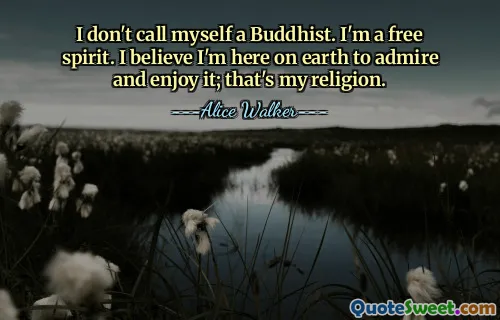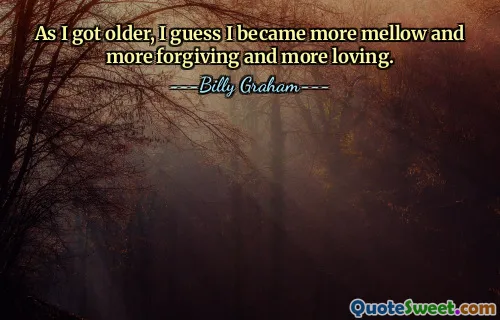
Once people are not here physically, the spiritual remains. We still connect, we can communicate, we can give and receive love and forgiveness. There is love after someone dies.
This quote speaks deeply to the enduring nature of human connections beyond physical presence. It reassures us that the bonds formed in life — of love, communication, and forgiveness — persist even after death. The idea that the spiritual essence remains, allowing ongoing interaction, provides comfort to those grappling with loss and grief. It challenges the often rigid perception that death severs all ties. Instead, it suggests a continuity, a spiritual landscape where emotions and connections transcend the tangible.
In many ways, this reflects common human experiences where memories and feelings for those who have passed remain vivid and influential. Love, as depicted here, is not confined to the physical or temporal world. Rather, it is portrayed as an enduring force that survives beyond the life cycle. This view can inspire people to maintain hope and foster peace in the face of mortality.
Furthermore, the quote brings attention to forgiveness, highlighting that reconciliation and emotional healing are possible even when traditional means of communication have ceased. Forgiveness becomes a spiritual exchange, freeing both parties regardless of physical boundaries.
Overall, these words encourage embracing a broader, more inclusive understanding of presence and relationships. They support nurturing internal and spiritual connections as a testament to ongoing love and compassion, reminding us that the essence of who we are and those we care about continues to resonate and enrich our lives.











